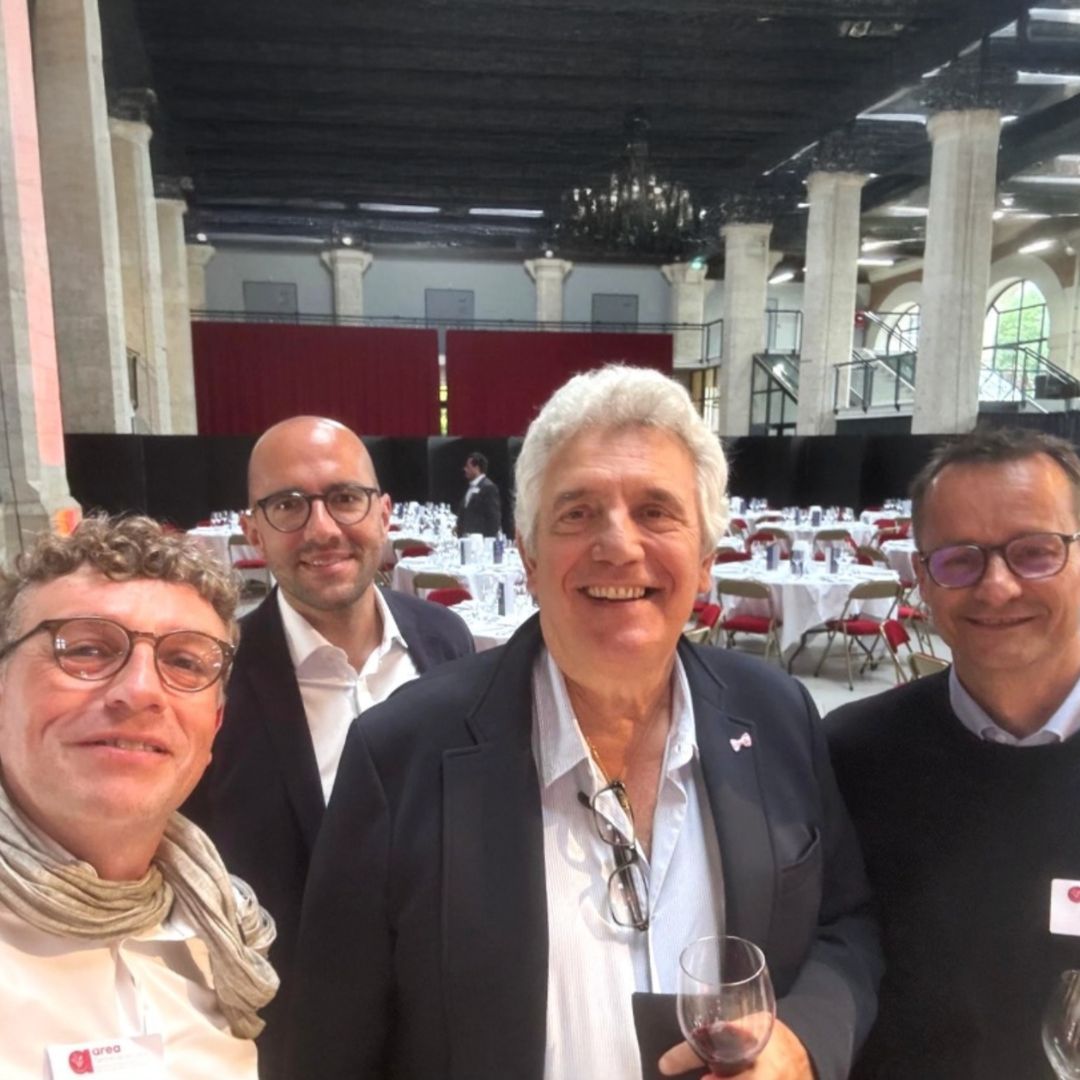
Self-taught, high potential, multi-potential… So many terms that we find when talking about atypical profiles in companies. Still, aren’t we all a bit of someone else’s atypical profile?
The advantages of atypical profiles are many:
– Ability to think outside the box
– Quick learning abilities
– Adaptability, agility
– Attraction for novelty, curiosity
– Ability to transfer skills and knowledge from one experience or situation to another.
– Dynamism
Finally, all of this contributes to bringing a breath of fresh air to the integrated structures, to questioning the existing and to moving the lines.
Good news: “atypical” profiles in the traditional sense of the term do not have the prerogative of these qualities. Any career path can actually be deemed unconventional for a given position, industry and company. I am out of the ordinary in the eyes of the agri-food sector if I come from the automotive industry, from production if I come from the supply chain, from the large group if I come from a startup, etc.
So it’s about setting our standard and putting the cursor in the right place to find the right balance between the need of the business and that of the person.
For example :
– If my main challenge as a recruiter is in the technical aspect of the position, then the expert profile remains to be preferred.
– If my challenge is in management, project management or innovation, then the advantages of an offbeat profile (outside the sector, organization or different profession) and fair support will easily compensate for the missing technicality.
Linear careers have now largely given way to more diverse paths, making them rich for certain positions and companies. These career transitions require multiple qualities (adaptability, agility, curiosity, perspective, versatility, etc.), which correspond precisely to the skills sought and necessary for the evolution of our organizations and their performance.
Placed in the right place, for the right projects, valued and supported, people with “non-standard” backgrounds will be real driving forces in our companies.
These articles might interest you

We Almost Played Handball with Claude Onesta
Leadership and Performance: What Companies Can Learn from Elite Sports At the AREA Centre-Val de Loire Gala, Claude Onesta, former head coach of the French handball team, delivered an inspiring and practical management lesson by blending his elite sports experience with business challenges. Aurélien VÉTAULT and Louis-Simon FAURE were present to hear a […]

We visited… The DIRCA congress in Angers
Leading Through Uncertainty: Key Takeaways from the DIRCA Annual Congress As agricultural and agri-food cooperatives face a series of profound changes — environmental transitions, regulatory pressures, and technological upheaval — the question of leadership has never been more central. The 2025 DIRCA Congress, the annual gathering of senior executives from the agricultural and agri-food cooperative […]

Interim management: when experience meets AI
From the ground to the table, AI will have taken just a few months to establish itself at every level of the value chain and reshuffle the cards. AI is optimising logistics, reducing waste and streamlining customer paths. The key role of interim management But while […]